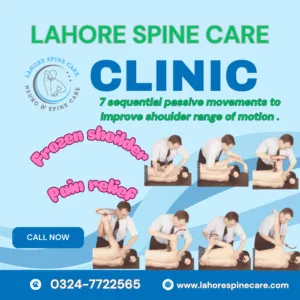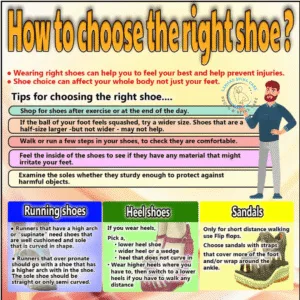
The Spencer Technique for Shoulder Pain Relief: How It Works and What to Expect
The Spencer Technique is one of many options of treatments that physical therapists and osteopathic
Table of Contents
ToggleHow Elderly Care Physiotherapy Supports older adults for Effective Recovery
Elderly care is very important to people over the age of 65; their ability to move and manage on their own is. Elderly care cannot be complete
without physiotherapy, which is an excellent means of coming to normalcy and improving one’s health. The focus of this blog will be on
physiotherapy for the elderly: the need for it, advantages, established diseases, and its role in enhancing a healthy standard of living.
Physiotherapy is the professional practice of restoring movement and function of an individual through examination, evaluation, and judgement by using exercise, manual therapy, and education. Physiotherapy is effective in elderly patients in mobility, strength, and balance, as it helps those that are at high risk of falling, which in a way hinders their independence.
2. Pain Management
Other disorders generally found in elderly people include arthritis and cancer-related pain, pain arising after surgery, and neuropathic pain.The practice of physiotherapy uses interventions like manual therapy, electrotherapy, and prescribed exercise to relieve pain
and help the patient return to normal living without pain.
Common Conditions Treated
Physiotherapists often work with elderly patients dealing with:
Arthritis: Pain management and joint mobility exercise for enhancement of people’s quality of life.
Stroke Recovery: Rehabilitation programmes to assist patients to be back on their feet and start moving following a stroke.
Parkinson’s Disease: Providing programmes that prescribe strengthening, balance, and coordination exercises, amongst others.
Dementia: Adapting movement-associated experiences for cognition enhancement and constituting targeted physical interactions.
Assessment: Patient assessment, including their physical status, ability to move around, and the individual need that the companion will address.
Goal Setting: Consulting with the patient to seek mutual, anticipated, and feasible objectives.
Individualized Treatment Plan: The assessment will involve consultation to devise an individual program of physiotherapy exercises, possibly manual therapy, and information.
Regular Monitoring: To make the right checkups for follow-up and for other changes that require being made in the treatment process of the illness.
Education: Educating patients on their conditions, ways to manage it, and the likely repercussions if exercises are not continued at the patient’s home.

Continuing care for the elderly must complement the physiotherapy in order to give the complete aspect to the elderly by promoting a process of recovery as well as promoting the elderly’s independence. As a result of promoting and maintaining mobility, managing patients’ pain, and preventing their falls, physiotherapists can dramatically improve their quality of life. This paper explores the significance of physiotherapy in the present population, where aged people are growing in quantity, and the elderly need physiotherapy services for better health and improved quality of life. Chronicling engagement in activity based Physiotherapy intervention not only fosters rehabilitation but also gives elderly persons reasons to optimistically and enthusiastically embrace their post-working years.

The Spencer Technique is one of many options of treatments that physical therapists and osteopathic

How to choose the right shoe for spine health is more important for spine health

World Physiotherapy Day 2025 is celebrated every year on September 8 in the global physiotherapy

Clinical Impact & Professional Excellence Being in the field of practice with many years of

On the 14th of August each year, Pakistan proudly celebrates its Independence Day, an event

Who is Dr Ejaz Danish? Dr. Ejaz Danish is a physiotherapist based in Lahore and
LAHORE SPINE CARE is proudly powered by WordPress